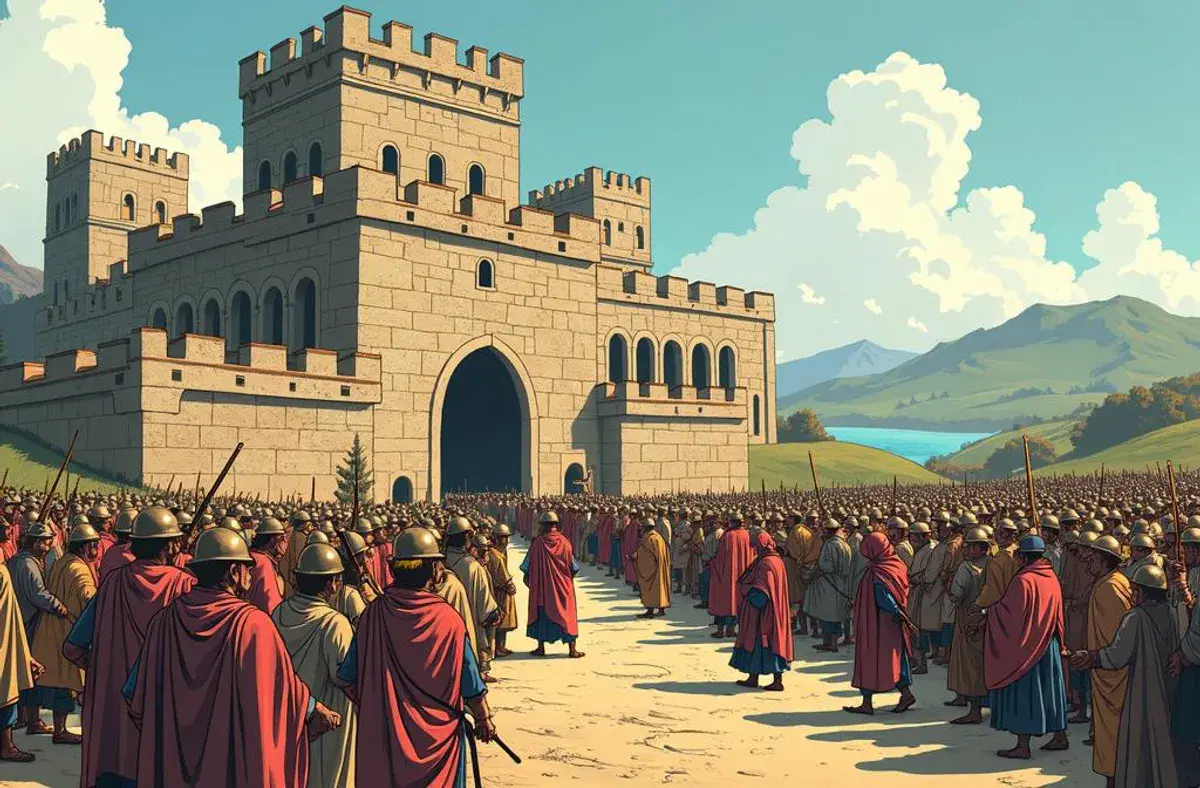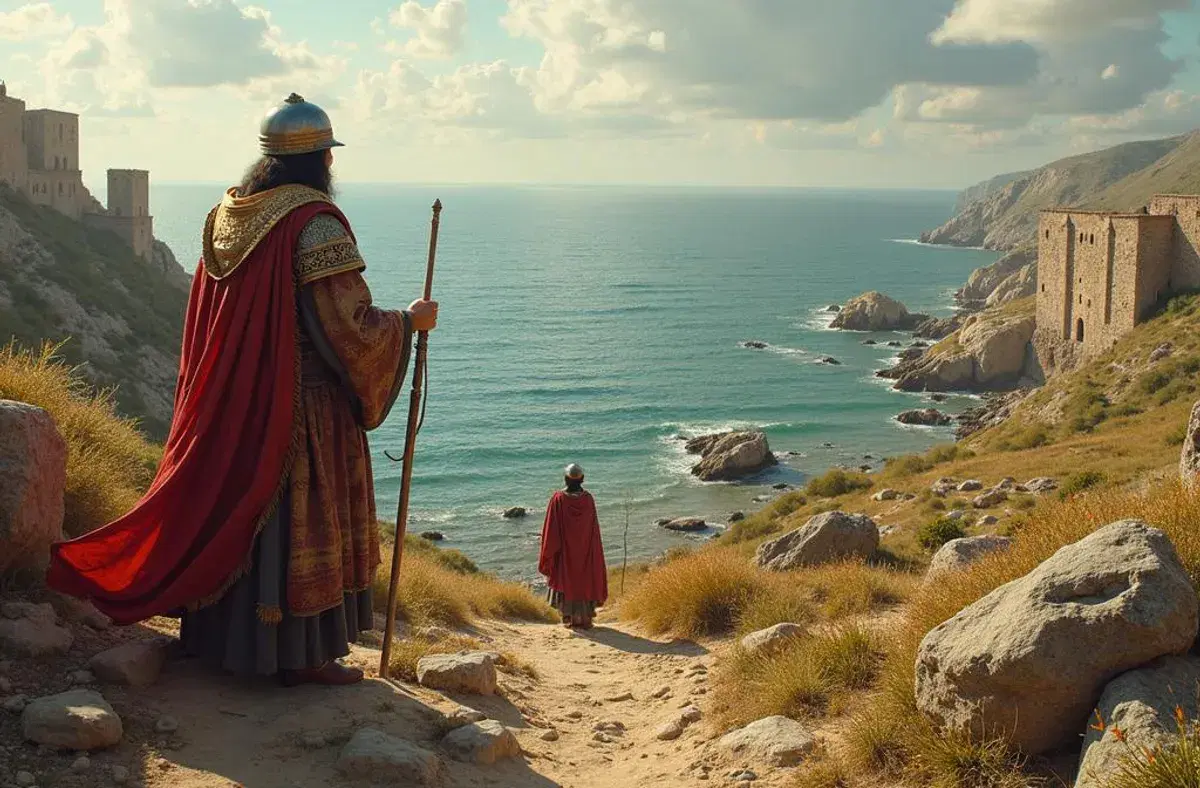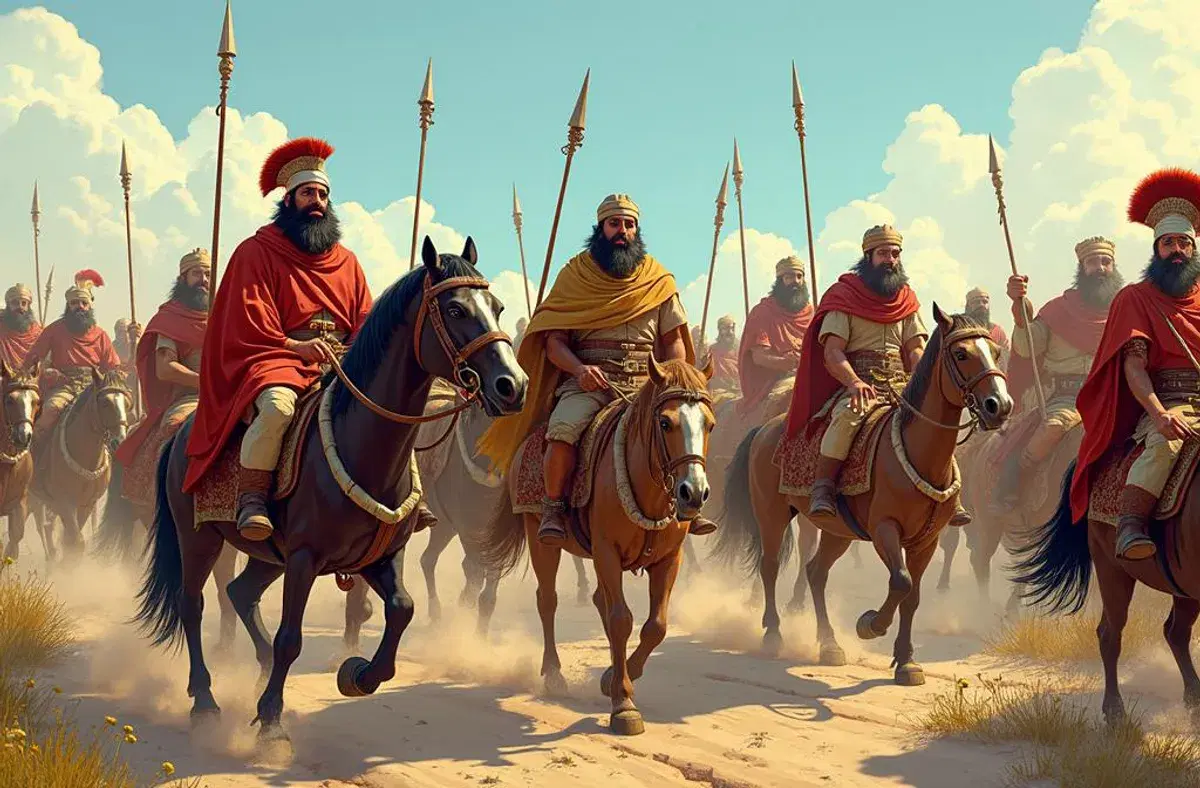Alans: Nomadic Warriors
Alans were a group of nomadic people who lived long ago. They traveled across lands, herded animals, and left their mark on history. Starting in Central Asia, they eventually moved to Europe and even North Africa. Their story is one of adventure, survival, and influence.
Who Were the Alans?
The Alans were ancient nomads who herded animals and moved from place to place. They didn’t settle in one spot but traveled to find food and water for their animals. They began their journey in Central Asia and later spread westward, reaching Europe and North Africa.

Alans Nomadic Warriors
The Alans were part of a larger group called the Sarmatians. Ancient Chinese and Roman records mention them, but by different names. In Chinese writings, they were called the Yancai, while Roman historians referred to them as the Aorsi. By the 1st century CE, the Alans had settled near the Black Sea and became known for their raids against powerful empires like Rome and Parthia.
Challenges and Migration
Life wasn’t always easy for the Alans. Around 215 CE, the Goths took control of their homeland near the Black Sea, forcing the Alans to move. Later, in 375 CE, the Huns defeated the Goths, which pushed the Alans to migrate even further into Europe.
In 406 CE, some Alans crossed the Rhine River along with other groups, like the Vandals and Suebi. They settled in areas that are now France and Spain. Some even followed the Vandals to North Africa, where they built a kingdom. However, this kingdom fell to the Byzantine Empire in 534 CE.
Building a Kingdom in the Mountains
Not all Alans left their original homeland. Some stayed in the North Caucasus mountains and established the Kingdom of Alania. This kingdom thrived for several centuries before it was destroyed by Mongol invasions in the 1200s.
The Alans who remained in the Caucasus became the ancestors of the modern Ossetians. They kept their culture and language alive, preserving much of their history.

Kingdom of Alania
Language and Culture
The Alans spoke an ancient Iranian language that later evolved into what we now call Ossetian. The name "Alan" is believed to come from an old Iranian word meaning "Aryan," which connects them to other Iranian groups.
Ossetian is still spoken today in the Caucasus region. It has two main dialects—Digor and Iron. Another dialect, Jassic, was once spoken in Hungary but has disappeared.
Religion and Beliefs
In the 900s, the Alans converted to Christianity, influenced by the Byzantine Empire. While they briefly abandoned their faith around 932, they soon returned to Christianity. By the 1200s, their Christian beliefs were firmly established.
Even after their kingdom was destroyed by the Mongols, the Alans held on to their religion and traditions, which played a big role in keeping their identity alive.
Facing Enemies and Making Allies
The Alans faced many challenges from enemy groups like the Bulgars and Khazars. Some moved into the mountains to stay safe, while others formed alliances to protect themselves.
When the Mongols arrived in the 1200s, some Alans fought against them, while others joined their forces. They even became part of the Mongol army as soldiers in a group called the "Right Alan Guard."

Alans and Allies
Alans Across the World
The Alans didn’t stop traveling. By the 1200s, they had spread across Europe and Asia. Some worked as guards in China, and others joined Christian groups. They also helped form new communities in Eastern Europe.
The Alans founded towns, like Iași in Romania, which later became important cities. They influenced many cultures through their travels and settlements.
Legacy
he story of the Alans didn’t end with their travels. Their descendants, the Ossetians, still live in the Caucasus today. They’ve kept their language, traditions, and history alive.
The Alans were strong, adaptable, and smart. They survived wars, migrations, and invasions, leaving a legacy that still exists today. Their influence can be seen in languages, traditions, and the history of the places they once called home.





.webp_1747676619394)